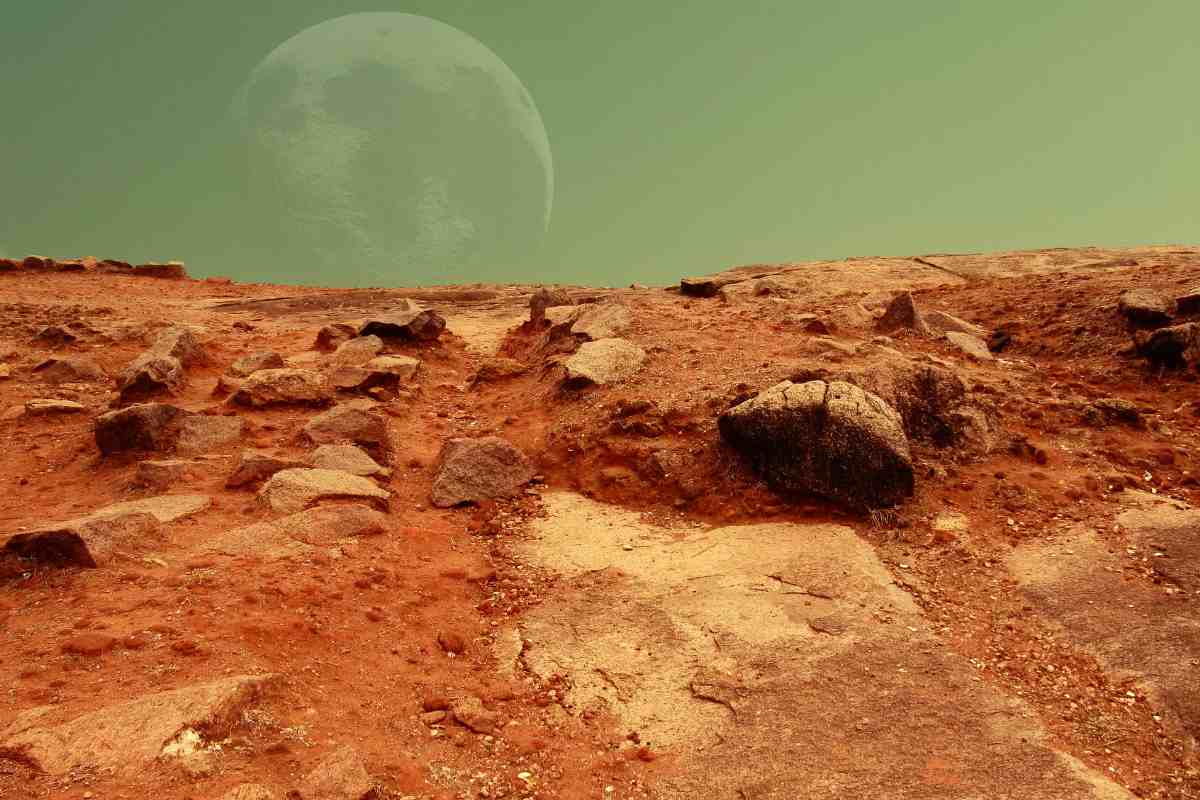
We’ve been warned.
At the moment, several rovers are rolling around on Mars and are taking a close look at the planet. In particular, Perseverance is eagerly looking for (former) extraterrestrial life. While many hope this US rover will actually encounter aliens, we shouldn’t celebrate too soon, researchers warn. Because even if it seems very likely that traces of life have been discovered, the red planet could just be fooling us.
False Fossils
According to the researchers, we must be careful not to mistake certain chemical processes for signs of life. An easy pitfall, they emphasize. Martian rock can contain numerous types of non-biological deposits that closely resemble those created by biological processes. And that means that our diligent search for aliens on Mars could be seriously hampered by fake fossils.
Structures
In their study, the researchers discovered dozens of processes that can produce structures similar to those of microscopic, simple life forms. Think of deposits that look like bacterial cells or carbon-based molecules that resemble the building blocks of all known life. The researchers emphasize that various ‘traces of life’ may just as well be the result of non-biological processes. Something we shouldn’t fall for.

Some examples of fake fossils that can be found on Mars. They can easily be mistaken for traces of life, but are actually formed by chemical reactions. Image: Sean McMahon, Julie Cosmidis and Joti Rouillard
“At some point a Mars rover will almost certainly find something that looks a lot like a fossil,” said researcher Sean McMahon. “It is therefore crucial that we are able to distinguish these from the structures and substances that are created by chemical reactions. For every type of fossil out there, there is at least one non-biological process that creates something very similar. So we really need to improve our understanding of how these form.”
Been fooled
The researchers are calling for more interdisciplinary research into fake fossils to shed light on how they form on Mars. Because that way we avoid disappointment. “We’ve been fooled by life-mimicking processes in the past,” says Julie Cosmidis. “For example, objects that looked like fossil microbes were described. But after more thorough investigation, they turned out to have a non-biological origin.”
With the study, the researchers want to save us from another ‘blunder’. Because if we are able to scrupulously distinguish between biological and non-biological processes, that will be the key to the success of current and future missions. “Our article is a warning,” emphasizes Cosmidis. “We are calling for more research into Martian processes that mimic life so that we avoid falling into the same trap again and again.”
Source material:
“Life on Mars search could be misled by false fossils, study says– University of Edinburgh (via EurekAlert)
Image at the top of this article: ChadoNihi via Pixabay